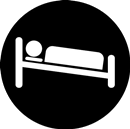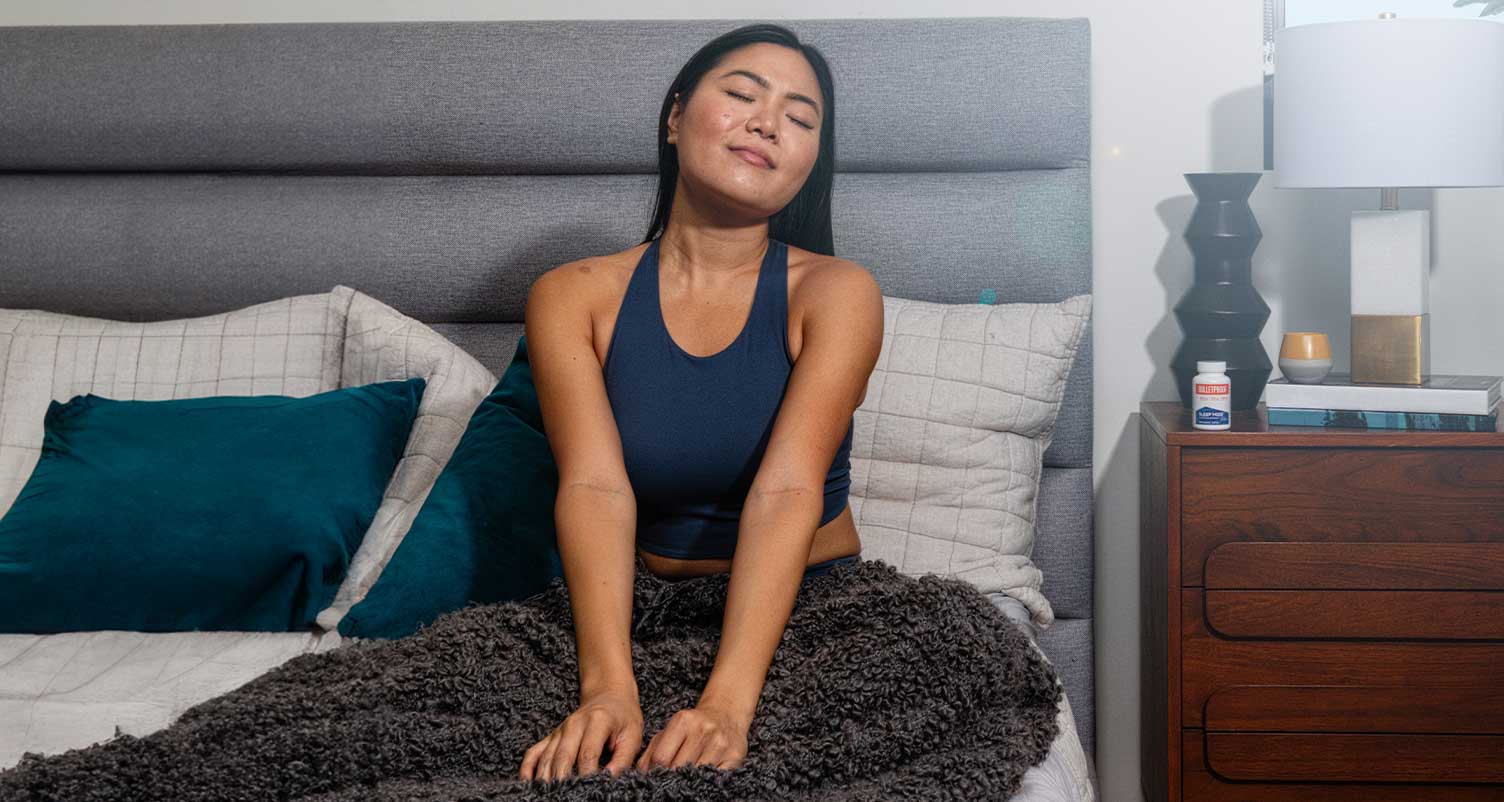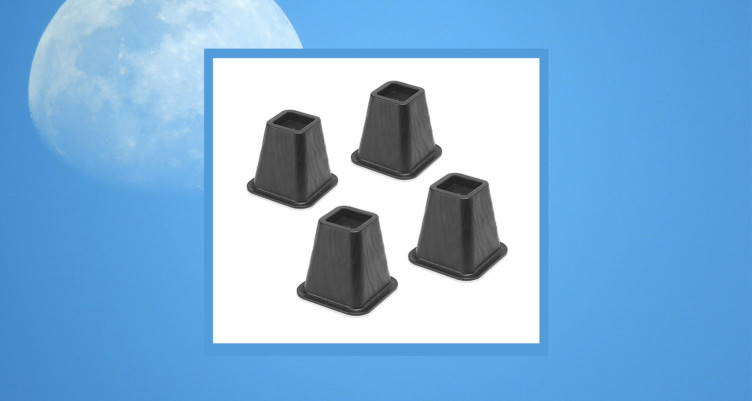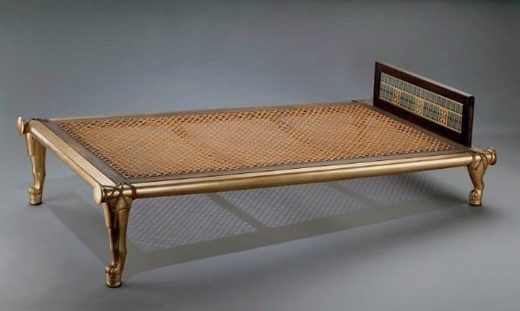JGeropoulas
The Living Force
I'd heard of raising the headboard end of a bed eliminated gastric reflux (GERD) but never knew this had many other benefits attributed to redirecting gravitational forces on the body while sleeping.
Inclined Bed Therapy: Tilt your bed for healthful sleep
Inclined Bed Therapy or IBT is the brain child of Andrew Fletcher, who discovered in the 1990's that gravity actually helps to drive circulation of the sap in trees. From there, it was a short step to ask whether this was also true for animals and humans. This posed the question "why on Earth do people sleep flat?"
Sleeping on a slightly inclined surface has been found to have positive effects on health and circulation, helping with many medical conditions including: Multiple sclerosis, Parkinson's disease, Spinal cord injury, Ruptured vertebra, Varicose veins, CCSVI (chronic cerebrospinal venous insufficiency), Psoriasis, Arthritis, Insomnia, Sleep related problems, Osteoporosis, Sleep apnea, Nocturia, Circulatory problems, Cerebral palsy, Age related problems, Bed wetting, Poor immune system, Leg ulcer, Edema, Muscular atrophy, Respiratory problems, Hiatus hernia, Gastroesophageal reflux disease or GERD, Deep vein thrombosis, Blood clots, Digestive problems and more. So Andrew suggests that people slightly raise the head end of their bed and see if any changes in their health are noticeable.
Other such stories can be found on the Inclined Bed Therapy website here:
 inclinedbedtherapy.com
inclinedbedtherapy.com
Inclined Bed Therapy: Tilt your bed for healthful sleep
Inclined Bed Therapy or IBT is the brain child of Andrew Fletcher, who discovered in the 1990's that gravity actually helps to drive circulation of the sap in trees. From there, it was a short step to ask whether this was also true for animals and humans. This posed the question "why on Earth do people sleep flat?"
Sleeping on a slightly inclined surface has been found to have positive effects on health and circulation, helping with many medical conditions including: Multiple sclerosis, Parkinson's disease, Spinal cord injury, Ruptured vertebra, Varicose veins, CCSVI (chronic cerebrospinal venous insufficiency), Psoriasis, Arthritis, Insomnia, Sleep related problems, Osteoporosis, Sleep apnea, Nocturia, Circulatory problems, Cerebral palsy, Age related problems, Bed wetting, Poor immune system, Leg ulcer, Edema, Muscular atrophy, Respiratory problems, Hiatus hernia, Gastroesophageal reflux disease or GERD, Deep vein thrombosis, Blood clots, Digestive problems and more. So Andrew suggests that people slightly raise the head end of their bed and see if any changes in their health are noticeable.
Inclined Bed Therapy: Tilt your bed for healthful sleep - Health Supreme
www.newmediaexplorer.org
Other such stories can be found on the Inclined Bed Therapy website here:
Home - Inclined Bed Therapy IBT - Restore & Support Your Health
Sleeping Inclined To Restore and Support Your Health For Free. Fascinating Science, Discovery, History and Medical Research In Circulation And Posture, by Andre
 inclinedbedtherapy.com
inclinedbedtherapy.com
Last edited:








